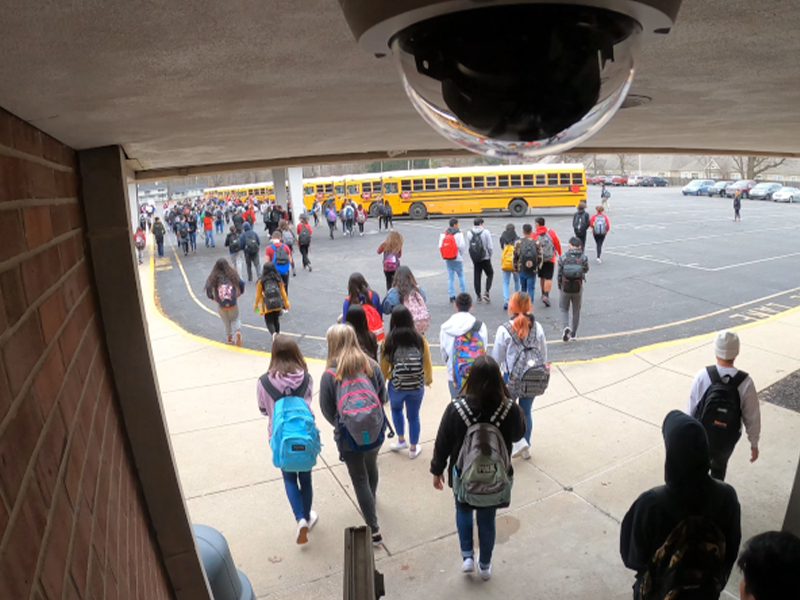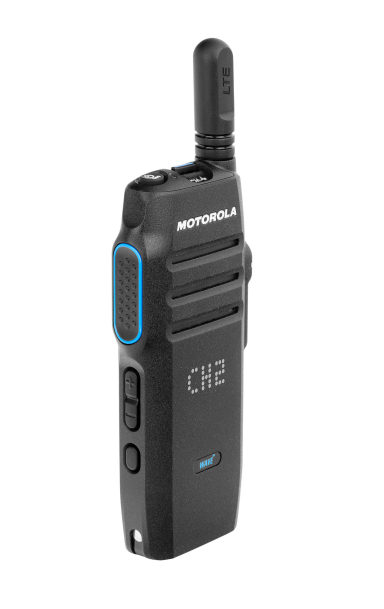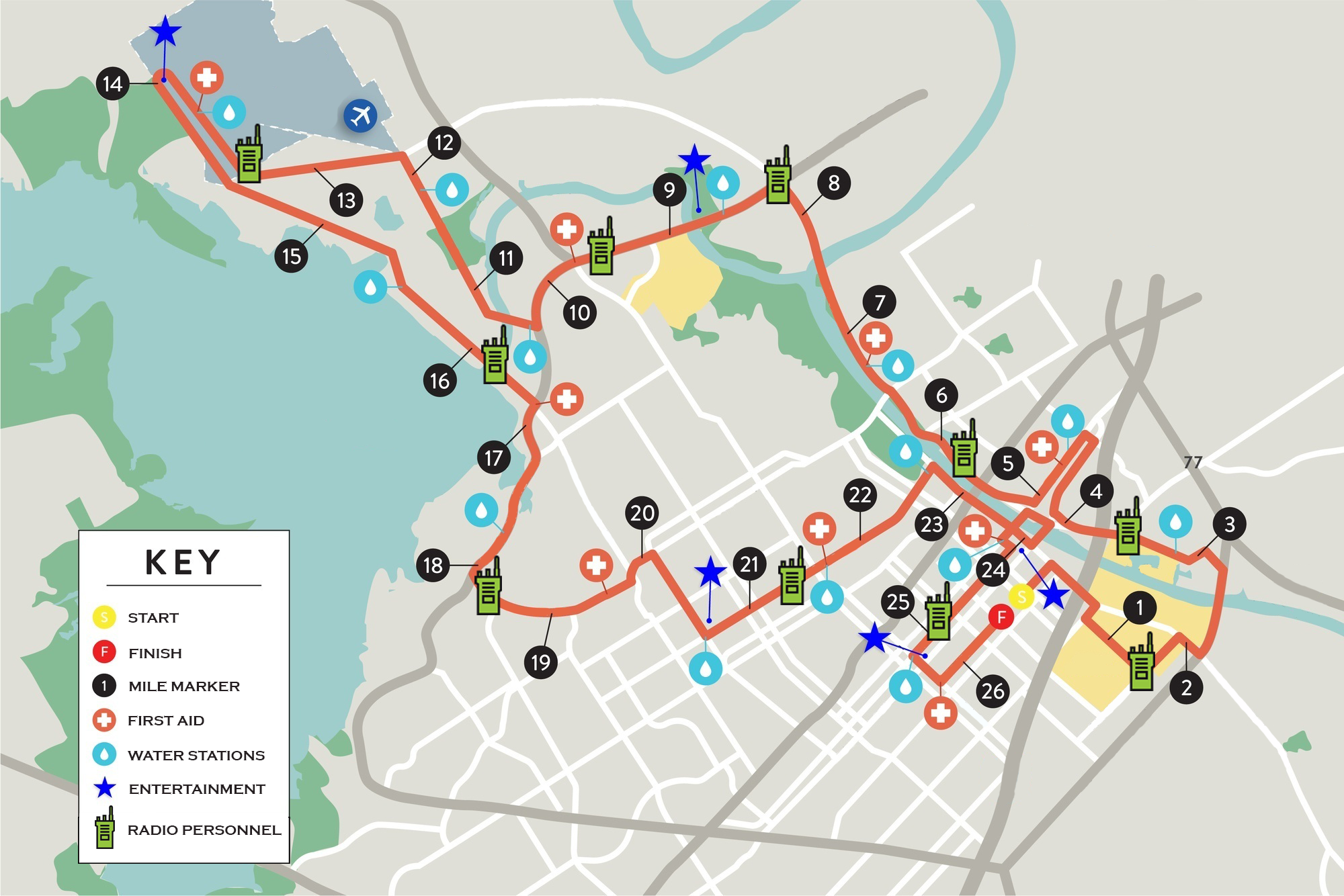
As COVID restrictions begin to ease across the country, the Biden administration is making another round of grant money available to help elementary and secondary school administrators reopen schools safely.
The new Elementary and Secondary School Emergency Relief Fund (ESSER III) was established in March, 2021 when the American Rescue Plan (ARP) Act was signed into law. ESSER III makes available $122 billion to elementary and secondary school districts to prevent, prepare for, and respond to COVID-19.
This latest round of funding adds to the COVID-related grant money that’s already been released through ESSER I (passed in March, 2020 for $13 billion) and ESSER II (passed in December, 2020 for $54 billion). And like its predecessors, ESSER III grants are non-competitive.
“Every state in the country will be receiving these funds, and states are required to award the funding by a certain date,” said BAYCOM Vice President of Sales, Scott Johnson. “So the money is there for the taking. Now, it’s up to individual school districts to request project funding from their State Education Agencies (SEAs).”
How much will be available in our area?
Wisconsin and Minnesota will receive a combined $2.8 billion in ESSER III funding.
Click here to view detailed allocations by state.
What are the allowable use cases for ESSER III funding?
Unlike ESSER I and II funds, ESSER III funding requires that local education agencies (LEAs) “…reserve at least 20 percent of funds to address learning loss through the implementation of evidence-based interventions and ensure that those interventions respond to students’ social, emotional, and academic needs and address the disproportionate impact of COVID-19 on underrepresented student subgroups (each major racial and ethnic group, children from low-income families, children with disabilities, English learners, gender, migrant students, students experiencing homelessness, and children and youth in foster care).”
The remaining ESSER III funds may be used for the same allowable purposes as ESSER I and ESSER II, including:
- Coordination of preparedness and response efforts of local educational agencies with state, local, tribal, and territorial public health departments, and other relevant agencies, to improve coordinated responses among such entities to prevent, prepare for, and respond to coronavirus.
- School facility repairs and improvements to enable operation of schools to reduce risk of virus transmission and exposure to environmental health hazards, and to support student health needs.
- Providing principals and other school leaders with the resources necessary to address the needs of their individual schools.
- Developing and implementing procedures and systems to improve the preparedness and response efforts of local educational agencies.
Learn more about (and compare) the allowable use of funds from ESSER I, II and III in this fact sheet from the US Department of Education.
Within allowable use cases, what specific technologies can be deployed to help schools reopen safely?
BAYCOM offers a number of products and solutions that can help in the efforts to reopen schools safely and address ongoing challenges related to COVID-19 safety and security. With our partners at Motorola Solutions, we offer the following technology solutions that meet the ESSER III use-case requirements:
- Social Distancing Technology: Monitor social distancing violations by automatically measuring the distance between people so you can identify high-violation zones and times that require improvement.
- Face Mask Detection Technology: Automate the detection of students who are not wearing face masks with alarms to flag violations in real time so you can take corrective measures.
- Occupancy Counting Technology: Monitor and manage occupancy rates by counting the number of students and staff members in a specific area of your school, such as the library or gymnasium, to support social distancing.
- Contact Tracing Technology: Physical access control helps with contact tracing to prevent contamination if an infected person is identified.
Business Development Manager for Motorola Solutions’ Avigilon™ video management system, Dennis Furlong, says these technologies can combine to create a level of safety and security that will address the concerns of even the most cautious parents.
“Many families are still nervous about allowing their kids to return to the classroom, even if they believe in-person learning is best for their child,” said Furlong. “And our message to them and their school district administrators is this: We can help you take full advantage of this latest round of grant money to reopen schools safely.”
Learn more about the Avigilon video management system on our website. Or download our brochure today.
How can BAYCOM and Motorola Solutions help school districts secure ESSER III grant funding?
Let us help you lock in ESSER III funding so you can strengthen the safety and security of your learning environments.
BAYCOM and Motorola will work with you to:
- Validate use case qualification. We’ll make sure what you want to use the money for falls within the qualifying use cases for ESSER funding.
- Scope your project(s). We’ll help you develop projected costs for the equipment you hope to secure, so you know how much you should be asking for as part of the grant submission.
- Apply for funding. We’ll help you prepare content you can use in the grant submission. Or, through Motorola, grant writing assistance is also available at a 50% discount.
- Ensure on-time completion. We’ll make sure the implementation of your security projects is completed within the window of time mandated by the grant award.
When is the deadline to apply for funding?
ESSER III funding applications must be submitted by April, 2022. Awarded funding must be spent by September, 2023.
ESSER II funding applications must be submitted by January, 2022. Awarded funding must be spent by September, 2023.
Learn More & Ask Questions: Free ESSER III Education Funding Webinar
Please join us for a free, one-hour webinar on May 19, 2021 at 10:30 a.m. CDT to learn more about ESSER III and the ways in which we can help you take advantage of the funding to create safer, more secure learning environments. During the webinar, you’ll see live demonstrations of some of the Avigilon video management system capabilities and experts will be standing by to answer your questions. Register now for the event, and mark your calendars for May 19, 2021 at 10:30 a.m. Central time!


